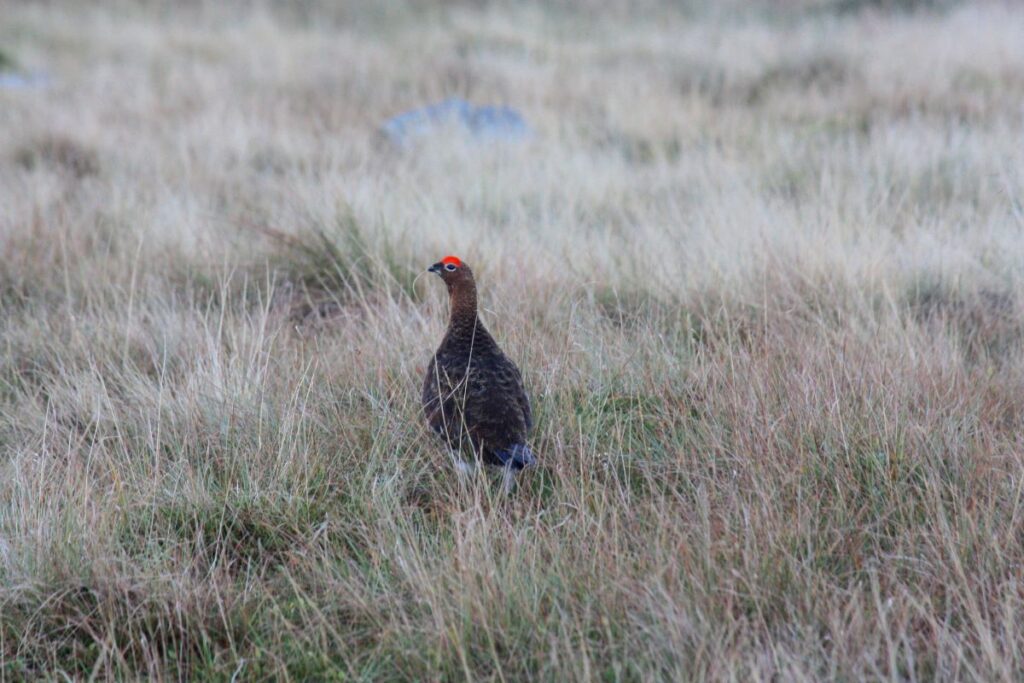
‘The story of a very poor grouse season this year is one being repeated across Scotland’
The grouse season is well underway but numbers at the lowest in memory, says Dr Matthew Balfour from St David’s Gamebird Services.
It’s the first year in memory that grouse has not been served in any London restaurants on the Glorious 12th and unfortunately, the story of a very poor grouse season this year is one that’s being repeated across Scotland and the north of England now.
The numbers are as low as I can ever remember, but as with any challenge, we need to understand the root causes and the ways in which we can do our bit to support the health and welfare of the birds we do have, in order to sustain their future.
I’ve been asked by several gamekeepers if there is any new disease out there that we’re not aware of that is killing off the birds. To put this straight, from what we can see, that’s not the case. There is, as always, likely a combination of causes, but the biggest by far is the weather.
At the start of the spring, many were reporting relatively good grouse broods, but later, those numbers of young birds started to deteriorate.
We had a very unseasonably cool, wet, long spring scattered with some very heavy downpours of rain – all while the birds were quite young. Being exposed to such drastic rainfall before their feathers are fully developed is a huge challenge for the birds and can by itself cause losses.
There is a knock-on effect as a result; the bad weather results in poor food supply and poor conditions for the birds meaning they have depleted body reserves. They then become weaker and, less resilient, are more susceptible to disease of any kind.
The ground this summer has also been wet for a prolonged period; the perfect environment for worms and Coccidia to proliferate.
From our early testing, we have seen quite high worm burdens in many areas, and tapeworm in a lot of birds too.
So essentially, from what I am seeing on the ground, the root cause for the notably poor grouse numbers this year is the weather and its implications; the less predictable elements we face because of climate change, the more extreme conditions we see for the birds.
While we can’t do anything about the weather, we can do our best to keep the grouse in good health so that their breeding potential is optimised, they’re more robust, and better able to cope with adverse weather conditions in the future.
We need to control worm burdens with regular monitoring and worm counts so that keepers are always aware of the situation on their moors. To do this we need to use targeted medicated grid in times and places where it’s actually needed in order to get the best treatment outcome.
At the same time, care should be taken to keep grit stations as dry and free of contamination as possible, whilst ensuring they are moved at least annually to prevent a build up of disease. As a reminder, medicated grit should be removed no later than 28 days before shooting starts.
All in all, we continue to encourage everyone to be vigilant and as the year progresses, we will be able to build a fuller clinical picture by gathering more data, and use this to our advantage where possible.
Read more Wildlife stories here.
Subscribe to read the latest issue of Scottish Field.
TAGS

